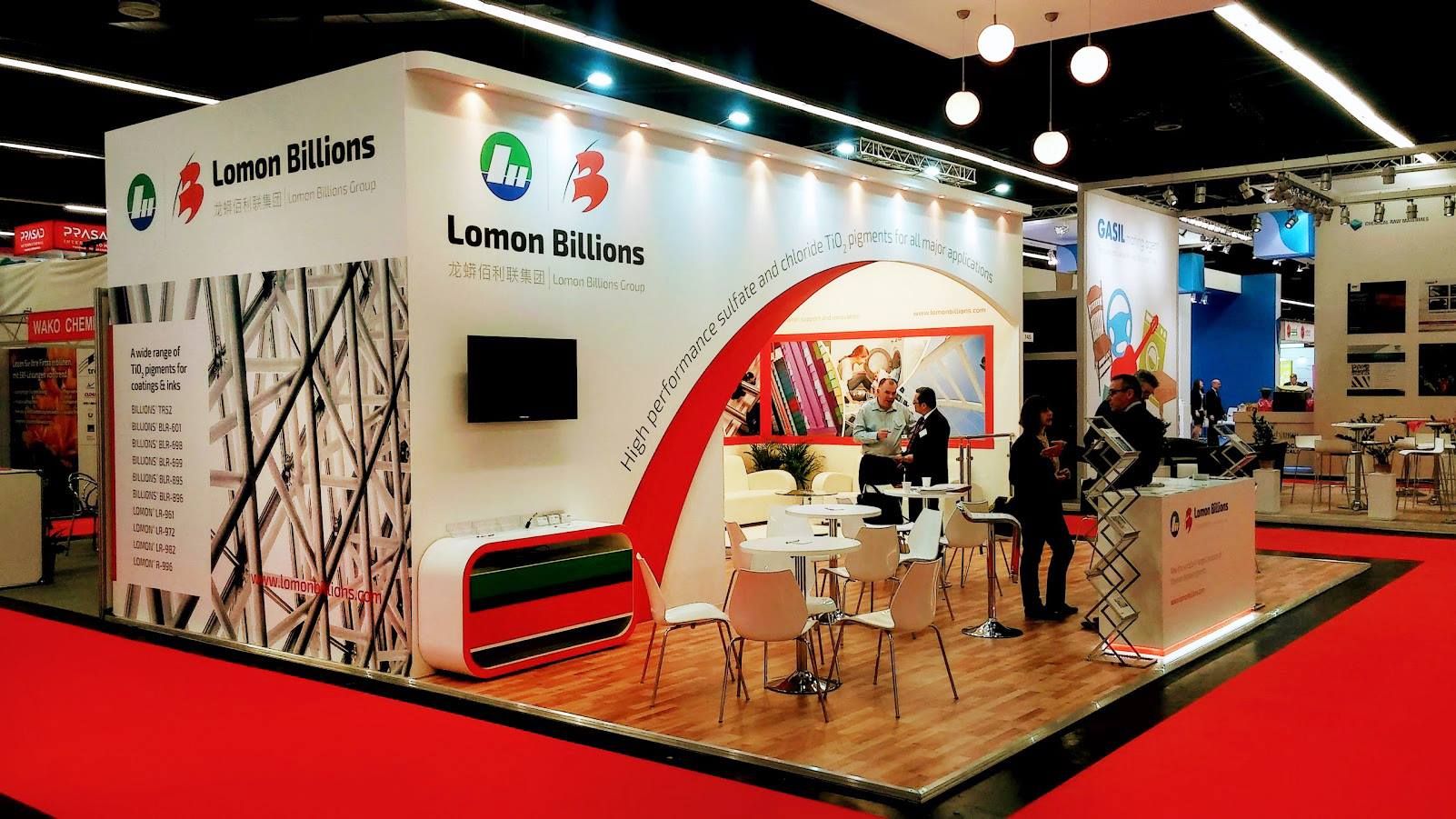Some high-position
managers in China’s TiO2 giant Lomon Billions have recently given
their perspective on the Chinese TiO2 development in 2018, after reviewing the
trend in 2017. According to their opinion, the global TiO2 market will remain
growing, despite difficulties in China’s market, while Lomon Billions
aims to strengthen its leading position.

In
January 2018, Tan Ruiqing, the deputy chairman of the board of Lomon Billions
had given an interview, summing up the development of Lomon Billion in 2017 and
gives his opinion on the TiO2 trend for 2018. Notably, Lomon Billions is the
world’s 4th largest producer of high-performance TiO2 pigments, and the company
is dominating the Chinese TiO2 market by far. The company has a TiO2 production
capacity of 700,000 t/a.
Lomon Billions
announced a TiO2 price rise at the start of 2017, citing the rapid price
increase of source materials and logistics costs. The company subsequently
raised prices a further six times thoughout the last year.
According
to Tan Ruiqing, the fluctuations in titanium dioxide market in China in 2017
mainly resulted from the low concentration of Chinese titanium dioxide
enterprises. There are more than 20 enterprises in production of rutile
titanium dioxide in China at present and some of them may lower sales prices
for the material facing up with the slack season. Hence, the development in
China might be contradicting to the global trend, which is likely to keep the
uptrend direction.
Furthermore,
he added, that the Chinese titanium dioxide export market performed well in
2017 as the overall global economic situation moved on the favourable trend.
Growth was mainly driven by emerging economies in India, Indonesia and Brazil,
among others.
Domestic
demand for TiO2 is also relatively large. Taking the coating industry as an
example, the total TiO2 demand from this industry surged from 18.90 million
tonnes in 2016 to approximately 20 million tonnes. In addition, TiO2 has been
widely applied in the fields such as plastic, papermaking and printing ink
industries rather than in the coating industry merely. As for the underperformance
in the domestic market, the reason still laid on the low concentration of
Chinese titanium dioxide enterprises and most of their products stayed on the
low end of the industrial chain.
According
to Tan Ruiqing’s opinion, the titanium dioxide market will move up steadily in
2018. From the supply side, international titanium dioxide enterprises
including Chemours, Tronox, and Huntsman have together removed titanium dioxide
capacity in several hundred thousand tonnes from the beginning of the decade.
Alongside with growing demand for the raw material, there are extremely few raw
material suppliers for chloride process TiO2 production, prices of these raw
materials will remain high in the short term. In this context, the global TiO2
market will remain bullish.
Senior
Vice President Bruce Griffin has also given his opinion in another interview.
According to him, the company is aiming to double their pigment production
until 2025. This is part of the plan to become the world-leading manufacturer
of pigments.
The
past 2 decades have shown a rapid growth of Chinese TiO2, driven by the
emergence of China as a major new source for the TiO2 pigment world market.
According to Mr Griffin, this development will shift in the next years to the
chloride TiO2 pigments.
Some
buyers of Tio2 have announced their expectations that they expect the price for
TiO2 to rise by around 8-10% by the first quarter of 2018.
Lomon Billions
suggested the market would continue to rise, citing increased demand from
developing countries such as India, Brazil and South Africa due to the rapid
development of infrastructure as well as continued demand growth from China.
Lomon Billion’s role
in the TiO2 market
Every
announcement in production and price changes of Lomon Billions is
very important for the Chinese and international TiO2 markets, given the fact
that the company is taking a large share of China’s TiO2 export volume, with
Sichuan Lomon accounting for almost 14% of the total share alone, while Henan
Billions has an export share of around 12%. Hence, together these two parts of
the enterprise Lomon Billion are accounting for around one-quarter of China’s
total exports of TiO2.
In
the beginning of November, Lomon Billions announced that its TiO2 factories,
along with other product lines, needed to be stopped for maintenance. The
measurements were taking place in the months of November and December in order
to enhance the efficiency and stability of the company’s business.
As
a matter of fact, rising raw material prices are boosting TiO2 prices in China
these months. For example, the price of ilmenite was averaging USD218/t in
previous months. On top of that, TiO2 manufacturers have also suffered due to
soaring natural gas costs. As environmental protection inspections have become
increasingly severe, domestic TiO2 companies have been required to replace
coal-fired boilers with gas ones. Given this, demand for natural gas has increased
considerably in 2017, and domestic prices have surged since September.
About the article
The
information for this article comes from CCM, China’s leading market
intelligence provider for the fields of agriculture, chemicals, food and feed.
For
more analysis on China’s TiO2 market and its companies, please check CCM’s industrial reports and monthly newsletters. All the research of CCM can also be
found in the Online Database. Every new user can get a seven-day free trial
first.
Join
the discussion on China’s chemicals market by joining our Linkedin group and Facebook group.
Follow
CCM for timely updates on Twitter: @CCM_Kcomber.